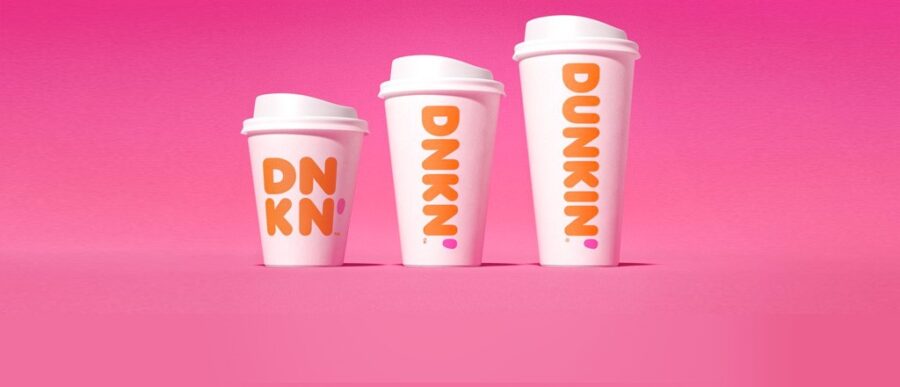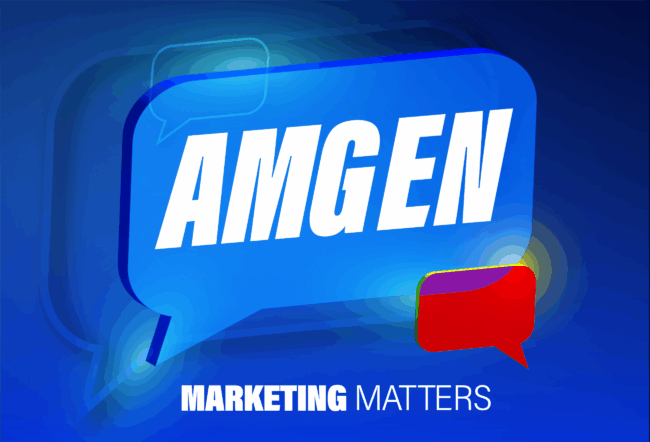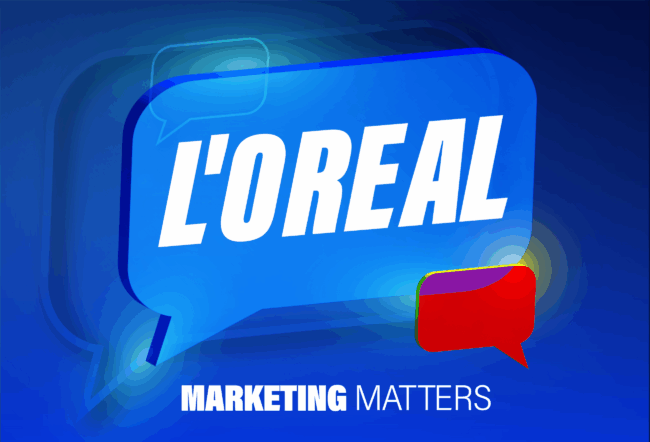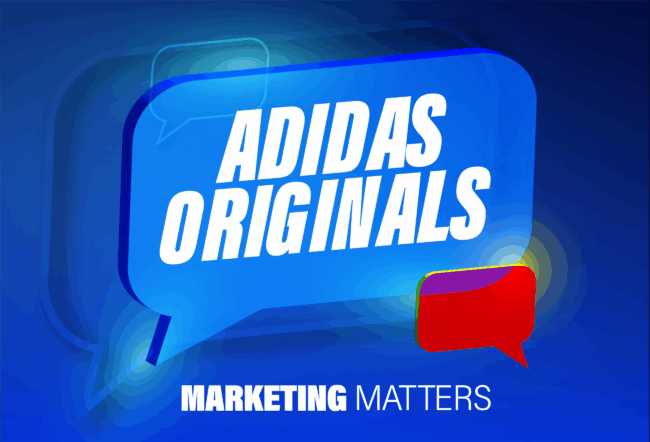What’s in a name? A lot if you’re an established brand like Dunkin’ Donuts, which operates more than 12,000 franchises in 46 countries. Yet the legacy company announced in September that it is dropping the second half of the name it’s had since 1950, when a hot cup of joe sold for a dime and a tasty doughnut could be had for a nickel. Although the rebranded Dunkin’ still sells baked goods, the name change reflects shifting consumer tastes – beverages now account for 60% of the restaurant’s sales. “By simplifying and modernizing our name, while still paying homage to our heritage, we have an opportunity to create an incredible new energy for Dunkin’, both in and outside our stores,” chief marketing officer Tony Weisman said in a statement.
Dunkin’ isn’t the only brand to rename itself recently. Weight Watchers announced that it is going with WW to emphasize its new slogan, “Wellness that works,” and IHOP temporarily adopted the moniker IHOB to put customer focus on its burgers. The summertime switch drew widespread ridicule across social media, a reminder that rebranding doesn’t always work.
The decision to rename your company is a tricky proposition, but businesses continue to do it with varying degrees of success. The Knowledge at Wharton radio show on Sirius XM invited Wharton marketing professors Americus Reed and Patti Williams to run down the reasons why companies would take such a risk. Following are five takeaways from their conversation.
To Modernize Your Company
The biggest reason for a rebrand is to stay current. Kentucky Fried Chicken is the quintessential example of that. In 1991, the restaurant chain switched to KFC in order to drop “fried” from the name at a time when Americans were becoming extra health conscious.
Williams views Weight Watchers’ name change in a similar light.
“Weight Watchers is a 55-year-old brand. Definitions of health and wellness have changed a lot since the post-war era,” she said. “What it means to be fit in today’s environment, to be healthy in today’s environment — fundamentally different. They were the diet plan for your mom, and they don’t want to be your mom’s diet plan anymore.”
A name change is also a chance to freshen the brand and show consumers that the company is keeping up with the times. Often, a name change simply aligns the company with language already being used by customers. Starbucks, for example, is no longer called Starbucks Coffee, a name that its customers truncated long ago.
“You’re struggling with the idea of, ‘I have this core group of consumers that has a certain idea about what I’m doing, and now I’ve got to talk to new consumers.’” –Americus Reed
“I think the perspective of trying to reinvent yourself, trying to refresh what you’re doing is an important aspect,” Reed said. “It’s also kind of a double-edged sword because oftentimes we have nostalgia wrapped up in these brands.”
To Attract Next-generation Customers
Aging brands and legacy companies are well aware that, if they want to survive and sell to the next generation of customers, they need to rebrand. Williams offered an example from the food industry: prunes.
“A few years ago, the California Prune Board decided that young people didn’t want to eat prunes,” she said. “Prunes are for old people, and therefore [they are for] a health condition I might not want to think I have yet. So, they decided they were going to be ‘dried plums.’ Years of research go into whether or not ‘dried plums’ is a more attractive name.”
The board spent about two years deliberating the change, which turned out to be simple but effective. Prunes became synonymous with healthy eating, were positioned as an alternative to boring bran, and sales spiked.
“A lot of legacy brands are really struggling in a bunch of ways,” Williams said. “They’re struggling against disruptors — people outside their industry who are coming in and have implications for the way they compete. They look old-fashioned, so they’re rebranding in that way. And they’re also struggling with young people demanding a lot more from brands than brands had to stand for 20 or 30 years ago.”
Reed said legacy companies have to tread carefully when catering to new clients so that they don’t alienate old ones.
“Memories are there, these emotions are there,” he said. “You’re struggling with the idea of, ‘I have this core group of consumers that has a certain idea about what I’m doing, and now I’ve got to talk to new consumers.’”
To Distance Your Company from Disaster
Name changes are often forced by disaster. Something terrible happens that brings negative publicity to the brand, and the only way a company can escape the bad press is to walk away from its old image and create an entirely new one.
Accenture used to be Andersen Consulting, which was linked to the Enron scandal. And ValuJet changed to AirTran shortly after a 1996 crash into the Florida Everglades that killed all 100 passengers on board.
“I think that there is a consideration sometimes when you’re trying to create a psychological distance between something that has happened. There’s been a brand crisis,” Reed said. “It makes sense to do that a little bit more quickly, perhaps, and to dive right into the pool.”
To Communicate Your Values
Whether it’s one product category or an entire image overhaul, rebranding can help communicate a different message to consumers in an era when the message matters. The professors said younger consumers, in particular, are conscientious about spending their money with companies that align with their own values. They want an emotional connection.
“I think consumers are now demanding that they be a part of the brand-creation process,” Reed said. “They are demanding, because of … companies like Amazon, that when you go to a retail outlet, you better have more there than just assortments of products. You’d better have something to experience that consumers can latch onto.”
“Consumers really expect that brands, like people, are going to have values that they live up to and that they try to enact every single day.” –Patti Williams
Williams said younger consumers also care about how companies create their products – such as whether they are ethically sourced or sustainable – and how they treat their employees.
“Consumers really expect that brands, like people, are going to have values that they live up to and that they try to enact every single day,” she said. “I think [this expectation is] only getting bigger. In fact, I think it affects every consumer of every age these days. Everybody wants brands to stand for something — so that I can purchase them and feel good about the purchase I’m making.”
Reed said Amazon’s recent decision to raise its minimum wage makes a statement about how the company views its workers. “That’s part of their brand,” he said. Added Williams: “Employees who are happy deliver customers who are happy. That’s what it comes down to.”
To Tweak Your Brand
Sometimes companies don’t seek a total image makeover, but they want to tweak some of their products. That’s when rebranding goes small, like when McDonald’s announced it would stop using preservatives in its hamburgers to appeal to health-conscious consumers, or when British Petroleum changed its lettering and logo to a shield to convey strength and protection.
Reed said small changes are advisable for companies wanting to keep loyal customers who are used to things the way they are while still attracting new buyers.
“There’s something called ‘just noticeable difference,’ where you’re just trying to make these little, tiny changes and not shocking consumers because they’re using these cues that identify you,” he said. “To know where you are and to see from an awareness perspective — you’ve got to be a little bit careful about that.”
Williams recalled how Walmart switched its name from all-capital letters to lower-case letters and placed more emphasis on its star logo.
“It went from trying to say it was this dominating retailer to this warm, friendly retailer,” she said. “There wasn’t really a big rebranding effort in terms of what the brand stood for or how it was pursuing its strategy, but it adopted a different kind of personality. It’s an opportunity to get [consumers] to think differently about you.”



